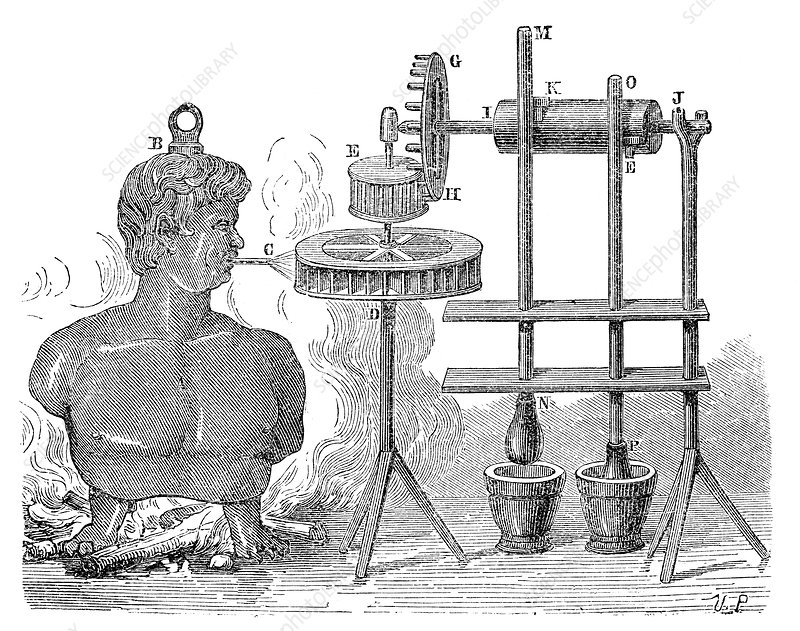An Introductory Dialogue
INTRODUCTION by B. Yohan Varghese Read the dialogue below and answer the following question: (Scene: Tiruchchirappalli Central Railway Station An old man finds difficulty in lifting his bag to get into the train when it has arrived, when a boy offers to help him.) BOY: Do you want some help with that, uncle? OLD MAN: Definitely thambi . Thank you so much. (The boy lifts the bag and carries it to the old man's compartment. The boy had a window seat directly opposite to the old man so they started talking.) OLD MAN: Thank you so much for your help. I don't really know what I would have done if it were not for your timely help. Where do you stay thambi ? BOY: I stay in Chennai, uncle. OLD MAN: Oh so you are studying in some college here? BOY: Yes uncle, I study in NIT Trichy, earlier known as REC Trichy. OLD MAN: (looks pleasantly surprised)...




